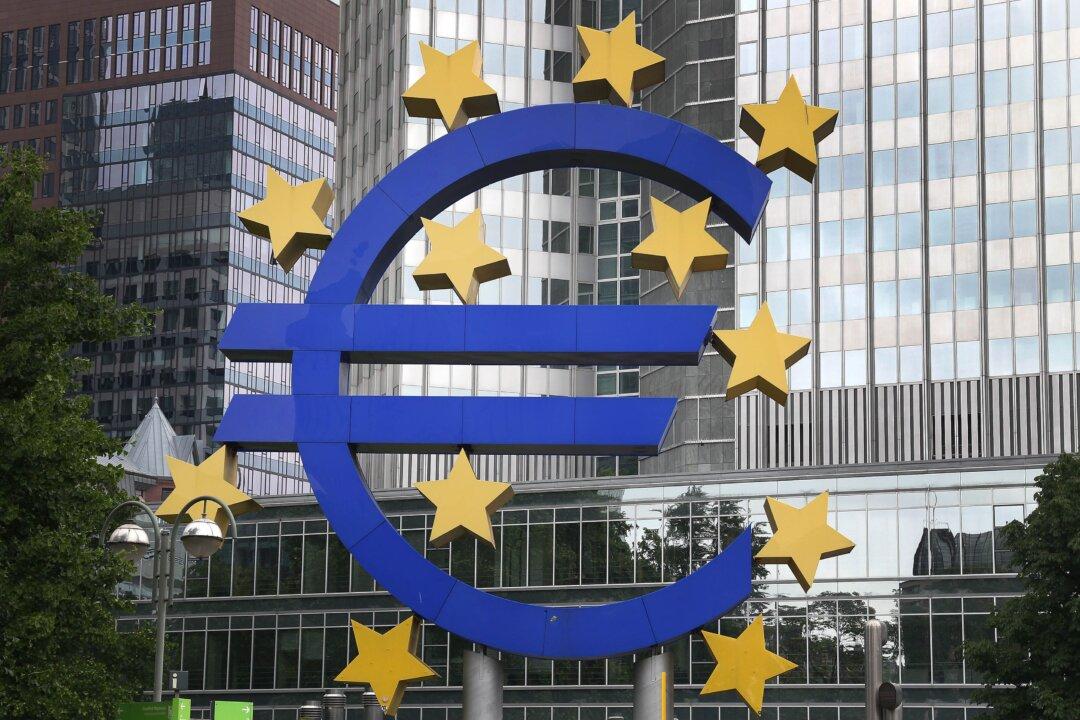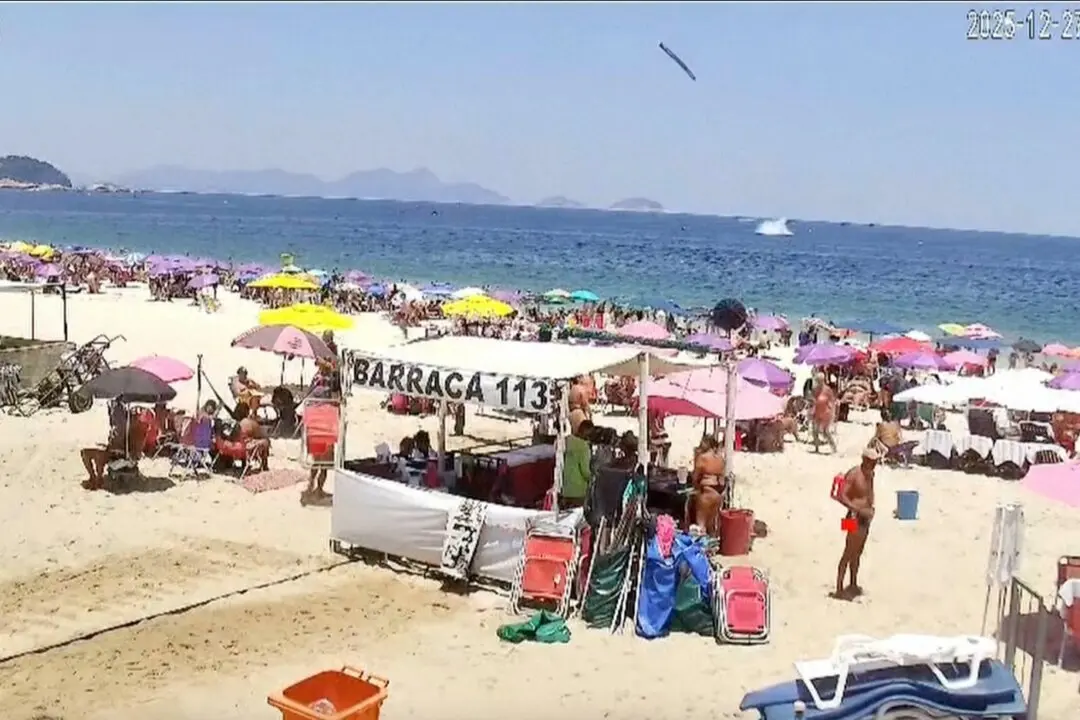LONDON—The economic recovery in the 19-country eurozone lost steam in January, a closely watched survey found Wednesday, a sign that the turmoil in global financial markets is beginning to weigh on business activity.
Financial information company Markit said its purchasing managers’ index — a broad gauge of activity across both the manufacturing and services sectors — fell to a four-month low of 53.6 points in January from 54.3 the previous month.
According to Markit, that means the region has started off the year growing at a modest 0.4 percent quarterly tick. Rates of growth also diverged, with Spain once again leading the pack, followed by Germany. France appears to be stagnating.
Though the index remains above the 50-point threshold that indicates expansion, the survey found evidence that business activity, orders and employment are all losing momentum. The survey also noted a bigger drag on prices despite the stimulus measures the European Central Bank has pursued over the past year to push them higher.
“Growth and inflation have clearly failed to pick up over the past year despite the renewed stimulus efforts from the ECB,” said Chris Williamson, Markit’s chief economist. “This raises the question of whether existing stimulus has simply been insufficient, or whether monetary policy is proving ineffective.”
It’s a difficult question to answer as the eurozone, like all economies, has had to contend with extreme volatility in financial markets. Fear of a sharp slowdown in China’s economy has been the main cause of that volatility, which has seen oil prices tank.





